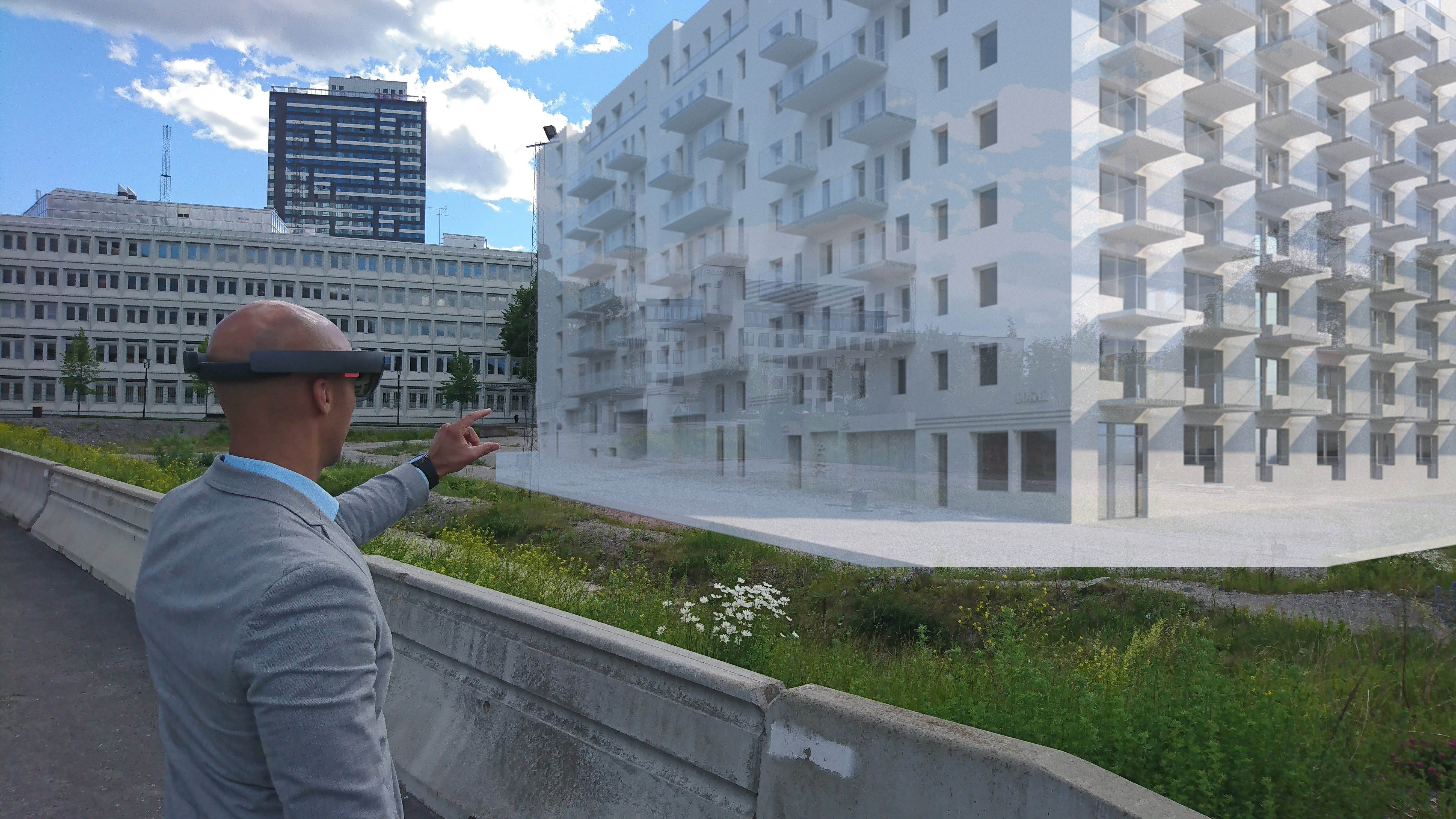|
Mixed Reality Games
A mixed reality game (or hybrid reality game) blends elements of both the real and virtual worlds, allowing players to interact with both reality and virtual reality simultaneously. According to Souza de Silva and Sutko, the defining characteristic of such games is their "lack of primary play space; these games are played simultaneously in physical, digital or represented spaces (such as a game board)". Based on the virtuality continuum defined by Paul Milgram and Fumio Kishino, virtual reality (VR) games differ from mixed reality (MR) games, as VR games occur entirely in virtual environments without interaction with physical spaces. MR games span entertainment and healthcare applications, with notable examples including Pokémon GO and Harry Potter: Wizards Unite. Souza de Silva and Sutko state that pervasive game A pervasive game is one where the gaming experience is extended out into the real world, or where the fictional world in which the game takes place blends with the ... [...More Info...] [...Related Items...] OR: [Wikipedia] [Google] [Baidu] |
Reality
Reality is the sum or aggregate of everything in existence; everything that is not imagination, imaginary. Different Culture, cultures and Academic discipline, academic disciplines conceptualize it in various ways. Philosophical questions about the nature of reality, existence, or being are considered under the rubric of ontology, a major branch of metaphysics in the Western intellectual tradition. Ontological questions also feature in diverse branches of philosophy, including the philosophy of science, philosophy of religion, religion, philosophy of mathematics, mathematics, and philosophical logic, logic. These include questions about whether only physical objects are real (e.g., physicalism), whether reality is fundamentally immaterial (e.g., idealism), whether hypothetical unobservable entities posited by scientific theories exist (e.g., scientific realism), whether God exists, whether numbers and other abstract objects exist, and whether possible worlds exist. Etymology a ... [...More Info...] [...Related Items...] OR: [Wikipedia] [Google] [Baidu] |
Virtual Reality
Virtual reality (VR) is a Simulation, simulated experience that employs 3D near-eye displays and pose tracking to give the user an immersive feel of a virtual world. Applications of virtual reality include entertainment (particularly video games), education (such as medical, safety, or military training) and business (such as virtual meetings). VR is one of the key technologies in the Reality–virtuality continuum, reality-virtuality continuum. As such, it is different from other digital visualization solutions, such as augmented virtuality and augmented reality. Currently, standard virtual reality systems use either virtual reality headsets or multi-projected environments to generate some realistic images, sounds, and other sensations that simulate a user's physical presence in a virtual environment. A person using virtual reality equipment is able to look around the artificial world, move around in it, and interact with virtual features or items. The effect is commonly creat ... [...More Info...] [...Related Items...] OR: [Wikipedia] [Google] [Baidu] |
Virtuality Continuum
Virtual reality (VR) is a simulated experience that employs 3D near-eye displays and pose tracking to give the user an immersive feel of a virtual world. Applications of virtual reality include entertainment (particularly video games), education (such as medical, safety, or military training) and business (such as virtual meetings). VR is one of the key technologies in the reality-virtuality continuum. As such, it is different from other digital visualization solutions, such as augmented virtuality and augmented reality. Currently, standard virtual reality systems use either virtual reality headsets or multi-projected environments to generate some realistic images, sounds, and other sensations that simulate a user's physical presence in a virtual environment. A person using virtual reality equipment is able to look around the artificial world, move around in it, and interact with virtual features or items. The effect is commonly created by VR headsets consisting of a head- ... [...More Info...] [...Related Items...] OR: [Wikipedia] [Google] [Baidu] |
Mixed Reality
Augmented reality (AR), also known as mixed reality (MR), is a technology that overlays real-time 3D computer graphics, 3D-rendered computer graphics onto a portion of the real world through a display, such as a handheld device or head-mounted display. This experience is seamlessly interwoven with the physical world such that it is perceived as an immersion (virtual reality), immersive aspect of the real environment. In this way, augmented reality alters one's ongoing perception of a real-world environment, compared to virtual reality, which aims to completely replace the user's real-world environment with a simulated one. Augmented reality is typically visual, but can span multiple sensory Modality (human–computer interaction), modalities, including Hearing, auditory, haptic perception, haptic, and Somatosensory system, somatosensory. The primary value of augmented reality is the manner in which components of a digital world blend into a person's perception of the real world, ... [...More Info...] [...Related Items...] OR: [Wikipedia] [Google] [Baidu] |
Pervasive Game
A pervasive game is one where the gaming experience is extended out into the real world, or where the fictional world in which the game takes place blends with the physical world. The "It's Alive" mobile games company described pervasive games as "games that surround you", while Montola, Stenros, and Waern's book ''Pervasive Games'' defines them as having "one or more salient features that expand the contractual magic circle of play spatially, temporally, or socially". The concept of a " magic circle" draws from the work of Johan Huizinga, who describes the boundaries of play. The origins of pervasive gaming are related to the concepts of pervasive computing, ubiquitous computing, and ubiquitous gaming. Definitions The first definition of a pervasive game was as "a LARP (Live action role-playing game) game that is augmented with computing and communication technology in a way that combines the physical and digital space together". Since then the term has become ambiguous, ta ... [...More Info...] [...Related Items...] OR: [Wikipedia] [Google] [Baidu] |



